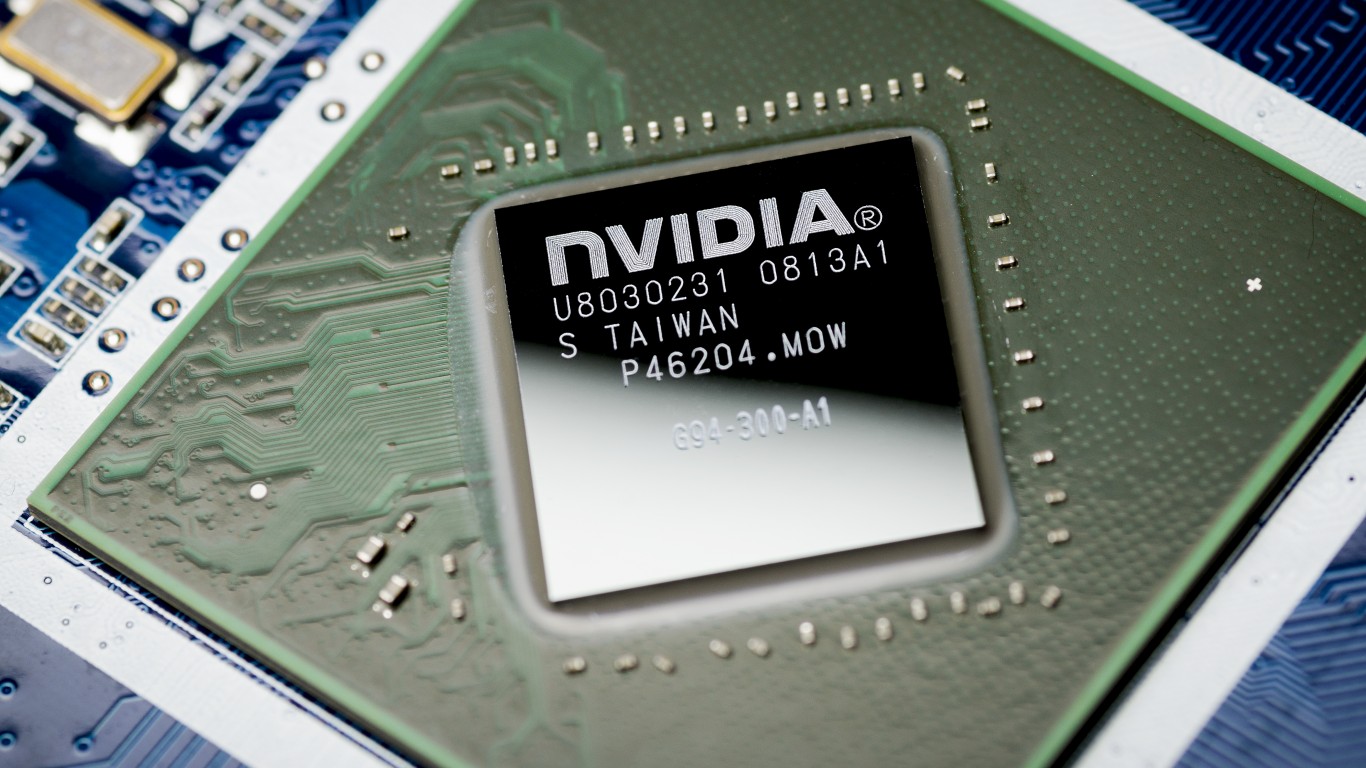Investing
Price Prediction: Wall Street Analysts Have it Wrong, NVIDIA Will Be Over $150 Next Year

Published:

The current consensus analyst price target on Nvidia (NASDAQ: NVDA) sits at $127.24. Interestingly, this target has consistently moved higher, with a number of upgrades materializing over the past week, tied in part to last week’s announcement that Nvidia was splitting its stock 10:1.
However, as has been the case with Nvidia’s multiple declining relative to its rapid stock price increase, we think it’s entirely possible Wall Street has gotten it wrong again on this name. If Nvidia’s price target isn’t $150 by the end of the year, that will be a shock, since that’s where the stock appears to be headed.
As of Thursday’s close, NVDA stock traded at nearly $130 per share. In other words, analysts are pricing in some small downside from here. And with 37 buy ratings and 3 hold ratings, it’s not because there are any bearish analysts on the Street.
Let’s dive into why this may be the case, and why $150 per share is a much more appropriate price target to consider.

Let’s take a look at Nvidia’s fundamentals for a second. Among the so-called group of Magnificent 7 stocks, Nvidia has the highest multiple on most metrics. At 75-times earnings, it’s not cheap, to say the least.
However, Nvidia’s mind-boggling quarterly year-over-year growth rate of 262% means Nvidia is extremely cheap relative to its mega-cap peers. I know, it’s astounding. And this is coming from a guy who was previously screaming the stock was expensive years ago.
It turns out certain secular tailwinds are more powerful than others. And it doesn’t really matter if AI is successful in the conventional sense, if everyone is trying to pivot to become an AI company at the same time. Much as was the case during previous gold rushes, it wasn’t the gold miners and prospectors that made money long-term, it was those selling the picks and shovels. Nvidia is that company, and it’s clear to see why so many investors view Nvidia as the way to play this ongoing revolution.

If Nvidia’s growth rate continues as it has for just one more year, and the company’s multiple gets cut roughly in half (let’s say to 40%) while margins remain the same, some quick math indicates that NVDA stock should trade well above $180 per share. We’re basically splitting the difference here between the current stock price and where this stock could potentially head, holding these factors in place.
That’s not really how most discounted cash flow models work. But any model requires a great number of assumptions to be put in, with wildly varying prices based on those future assumptions.
The reality is that Nvidia is producing just about as much cash flow and earnings in a single quarter as it was in a calendar year. And it’s been doing this for some time.
Can this growth really continue as it has in the past? No tree grows to the sky, and it’s absolutely impossible to predict the future. But it’s clear that this AI tailwind is real, and Nvidia can’t sell its chips and processors fast enough.

I’ve been very wrong about many mega trends in the past, and also right about others. The rise of artificial intelligence technology is one of those generational breakthroughs I think will be proven to have been so obvious in hindsight. Other near-term surges seen in cannabis, crypto and other speculative assets, maybe not so much. Only time will tell.
It’s becoming increasingly clear to me that investors looking to trade this momentum are correct in picking Nvidia stock to do so. And with a lower stock price comes increased demand from options traders, potentially driving many more technical legs of this rally. There are simply too many catalysts with Nvidia to count. On this basis, I don’t see how the consensus target won’t be at $150 by year end. It’s just an inevitability, in my view.
Thank you for reading! Have some feedback for us?
Contact the 24/7 Wall St. editorial team.